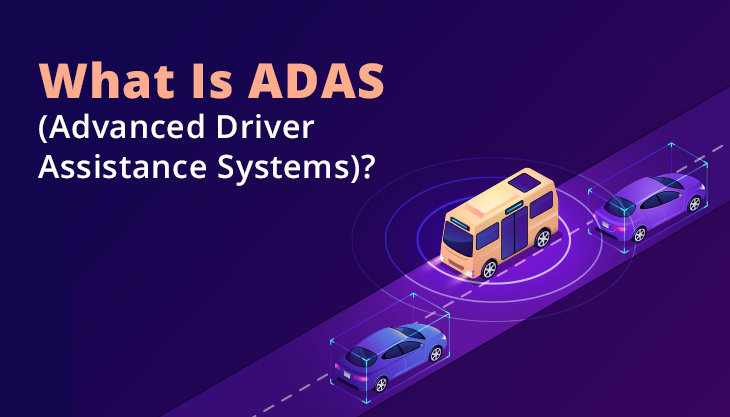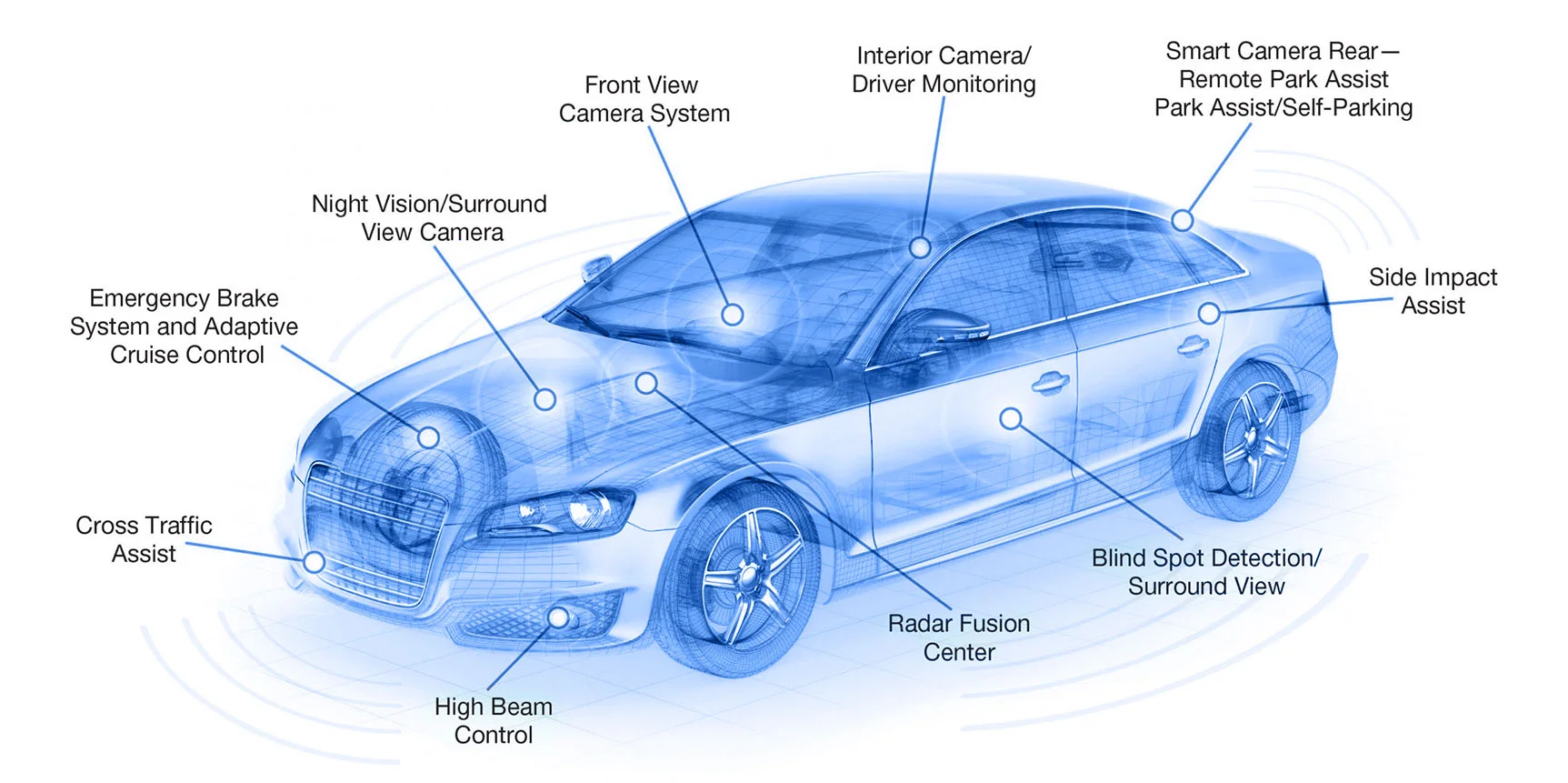Advanced Driver Assistance Systems (ADAS): Understanding Features like Lane-Keeping Assist and Adaptive Cruise Control
In recent years, advancements in automotive technology have led to the widespread adoption of Advanced Driver Assistance Systems (ADAS), enhancing vehicle safety, comfort, and convenience. Among the key features of ADAS, Lane-Keeping Assist (LKA) and Adaptive Cruise Control (ACC) stand out as innovative technologies designed to improve driving experience and safety. This article explores these features in detail, highlighting their functionalities, benefits, and how they contribute to the evolving landscape of automotive safety.


Lane-Keeping Assist (LKA)
Lane-Keeping Assist is a driver assistance feature designed to help drivers maintain proper lane position and prevent unintended lane departures. Here’s how LKA typically operates:
1. Monitoring and Detection: Using cameras and sensors, LKA continuously monitors lane markings on the road ahead. This detection system identifies the position of the vehicle within the lane.
2. Steering Intervention: When the vehicle drifts towards the lane markings without the use of turn signals, LKA provides corrective steering inputs. This intervention can be gentle nudges or adjustments to steer the vehicle back towards the center of the lane.
3. Driver Alerts: Depending on the system, LKA may also issue visual, audible, or haptic alerts to notify the driver of unintentional lane drifting. These alerts prompt the driver to take corrective action or regain control of the vehicle.
Benefits of Lane-Keeping Assist:
- Enhanced Safety: Reduces the risk of lane departure accidents caused by driver distraction or fatigue.
- Improved Comfort: Provides a smoother and more stable driving experience, especially on long journeys or highways.
- Confidence Boost: Gives drivers peace of mind knowing there is an additional layer of safety and support while driving.
Adaptive Cruise Control (ACC)
Adaptive Cruise Control is an advanced version of traditional cruise control, capable of adjusting vehicle speed in response to traffic conditions. Here’s how ACC operates:
1. Speed Control: ACC uses radar and/or cameras to detect vehicles ahead. It maintains a set speed chosen by the driver, similar to traditional cruise control.
2. Distance Monitoring: ACC also monitors the distance to the vehicle in front. If the vehicle ahead slows down or comes to a stop, ACC automatically reduces the vehicle's speed to maintain a safe following distance.
3. Acceleration and Deceleration: When the road ahead clears or the slower vehicle moves away, ACC can accelerate back to the preset speed, smoothly adjusting to traffic flow without requiring manual intervention.
Benefits of Adaptive Cruise Control:
- Reduced Driver Fatigue: Allows drivers to relax and focus more on traffic conditions without constantly adjusting speed.
- Increased Safety: Helps prevent rear-end collisions by maintaining a safe distance from the vehicle ahead.
- Traffic Convenience: Improves driving comfort in heavy traffic or stop-and-go situations, reducing stress and frustration.
Integration and Future Developments
Both Lane-Keeping Assist and Adaptive Cruise Control are integral components of ADAS, contributing to the evolution of semi-autonomous driving capabilities. As technology continues to advance, these features are becoming more sophisticated, incorporating artificial intelligence and machine learning algorithms to enhance performance and reliability.
Future Developments:
- Integration with Autonomous Driving: These features are stepping stones towards fully autonomous vehicles, where advanced sensors and AI will handle more aspects of driving.
- Expanded Functionality: Future systems may include lane-change assistance, traffic sign recognition, and predictive capabilities to anticipate road conditions and optimize vehicle control.


Advanced Driver Assistance Systems like Lane-Keeping Assist and Adaptive Cruise Control represent significant milestones in automotive safety and innovation. By leveraging sensors, cameras, and AI, these features enhance driver awareness, reduce the likelihood of accidents, and pave the way for safer and more comfortable driving experiences. As technology continues to evolve, ADAS will play a crucial role in shaping the future of transportation, offering drivers greater convenience and confidence on the road.












